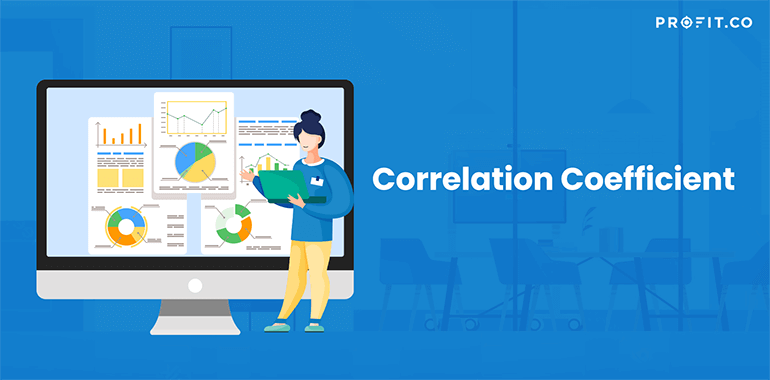The statistical measure of the association or dependence of two numbers is known as the correlation coefficient. Also known as Pearson correlation, it can appear in two states – positive or negative.
A positive correlation appears when two sets of given numbers move in the same direction and at the same time. On the other hand, a negative correlation occurs when a series of numbers move up and other series moves down.
The correlation coefficient is used to understand and track data in a better way, in terms of economics and finance.
The Basics of the Correlation Coefficient
Most of the small businesses don’t usually track the statistical analysis and data trends. However, the correlation efficient is used by financial service companies, investment banks, and even by the Federal Reserve of the United States.
These businesses use the Pearson correlation in order to track and analyze historical data, hoping that it can help with the prediction and determining of the future market trends.
The best example that shows the correlation coefficient in action is the 2008 financial crisis – more specifically what followed it. In order to try and stimulate the economy, the Federal Reserve has lowered the interest rates – this, in turn, has led to the lowering of the unemployment rate.
If we compare the interest and unemployment rate of the U.S. in 2008, we will notice that the decision of the Federal Reserve also means a positive correlation coefficient.
The Formula of the Correlation Coefficient
So, the formula is not an easy subtract and divide job for you to do. As it looks quite complicated, we recommend that you use data sources that can already give you the output you want to see or a calculator that will only ask for the required data to make such a calculus.
The result of the correlation coefficient formula can be a number from -1 to 1. If two selected data sets will be shown as moving in the same direction and by the same amount/ value, then they have a 1 correlation efficient.
However, if they move by the same amount but in different directions, then they have a -1 correlation efficient. Also, if there are two sets of data in your equation that have no relationship at all, then the correlation efficient is of 0.
Final Statement
The correlation coefficient is usually used when analyzing asset classes or public companies. It helps an investor diversify the investments he or she makes, as this coefficient is something that can help one make a decision – for example, it shows the investments that have gone up in value over time, but also the ones that didn’t correlate strong enough with the stock market.
As examples of different correlations, we’ll take the U.S. stock market, gold, and long-term government bonds. The first one is perfectly locked with itself, having a correlation efficient of 1.
The second one, gold, has indeed gone up in value, but not at the same time the market has, giving it a coefficient of only 0.05. Lastly, long-term government bonds are going just the other way around, when compared to the market – having a coefficient -0.30.
